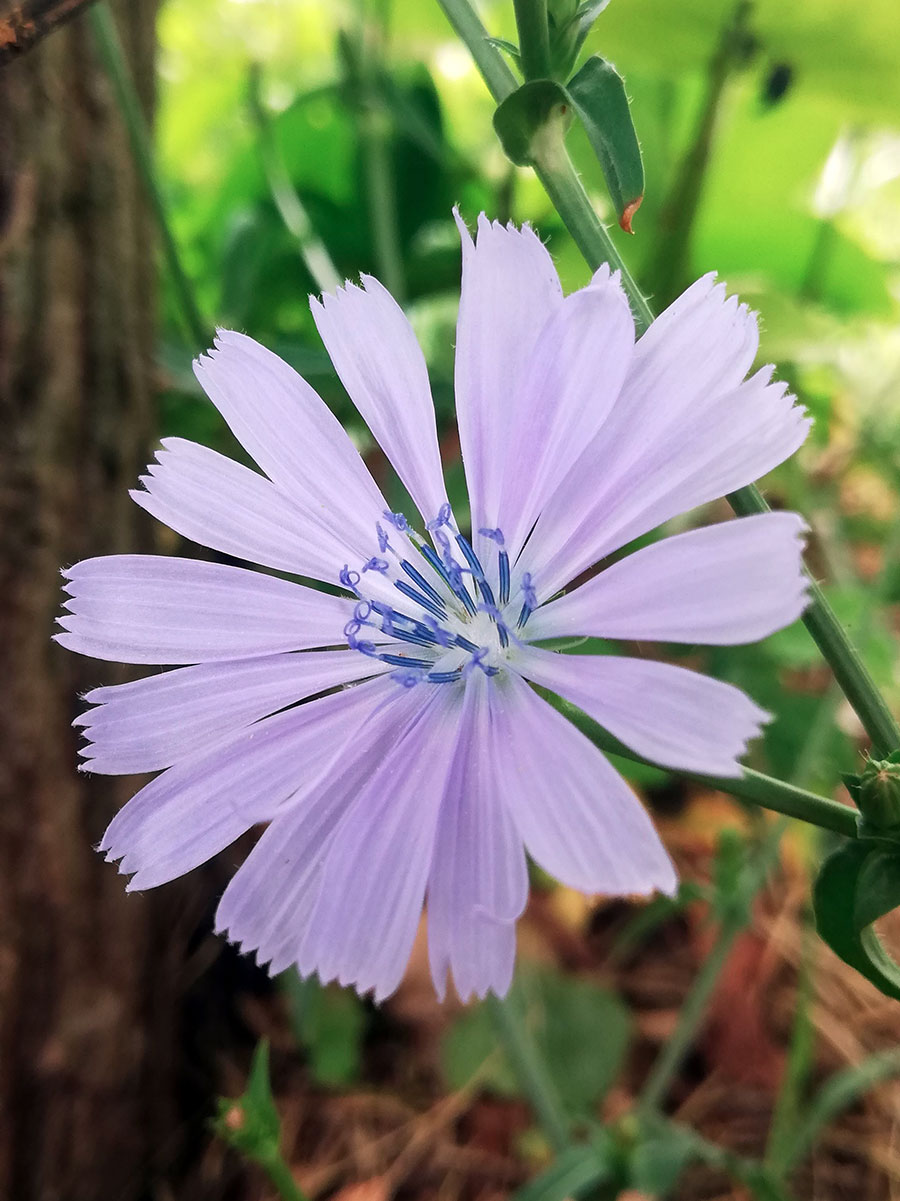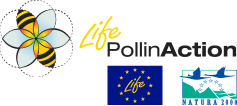Flowers are the structure that most characterises the angiosperms. They exhibit a surprising variety of shapes and sizes, colours, rewards and fragrances, even in species that are closely related evolutionarily. These features are often related to the nature of pollination: seductive adaptations that have evolved to attract insects and ensure their affection. In other words, flowers have adapted to those pollinators that collect and deposit pollen more efficiently.
Functionally, flowers are highly organised structures in which the different parts (sepals, petals, stamens and pistils) work together to ensure the attraction of pollinators, the production of rewards as well as the transfer of pollen, fertilisation and the development of seeds.
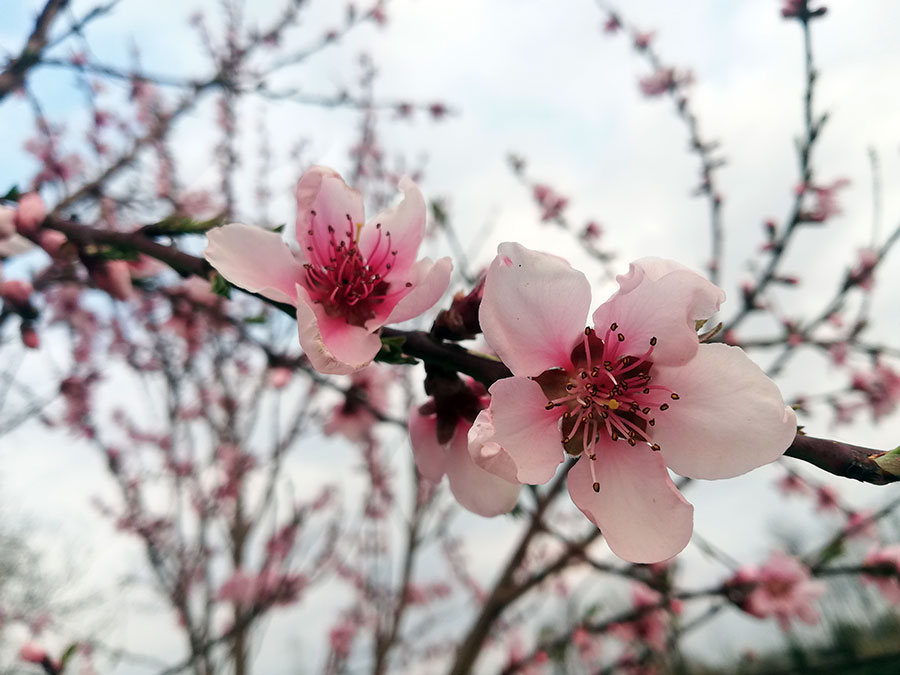
Scent
Insects are attracted to the scents emitted by flowers, but different insects are attracted to different scents. Butterflies prefer fresh but very gentle scents, while flies are attracted to scents that humans would find unpleasant. The time of day also plays a role in attracting pollinators: moth-pollinated flowers are particularly fragrant at night. Some orchid species of the genus Ophrys produce a special and amazing scent that imitates the pheromone produced by the female of a specific pollinator species. The male lands on the orchid flower with the intention of mating and pollinates the orchid in this way. Different species of the Ophrys genus attract different pollinator species, showing an extremely high degree of specialisation.
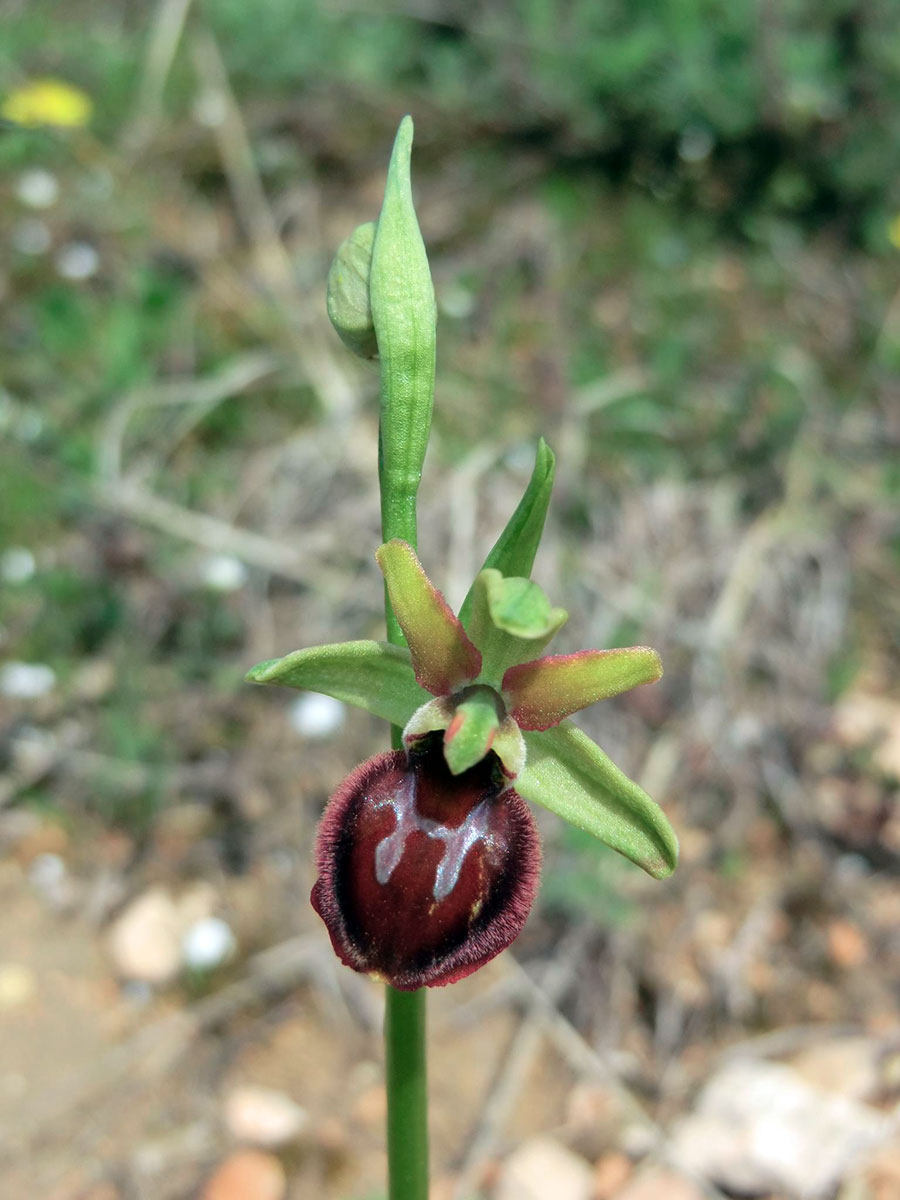
Colour
Flower colours show an extraordinary variety, covering the entire colour spectrum, sometimes with patterns or designs (e.g., nectar guides) that are not visible to humans in normal light conditions, but are visible to insects in ultraviolet light. The patterns or designs are used to guide pollinators to the flower’s “landing site” and then into the flower or are a compelling visual cue to “lots of food here”.
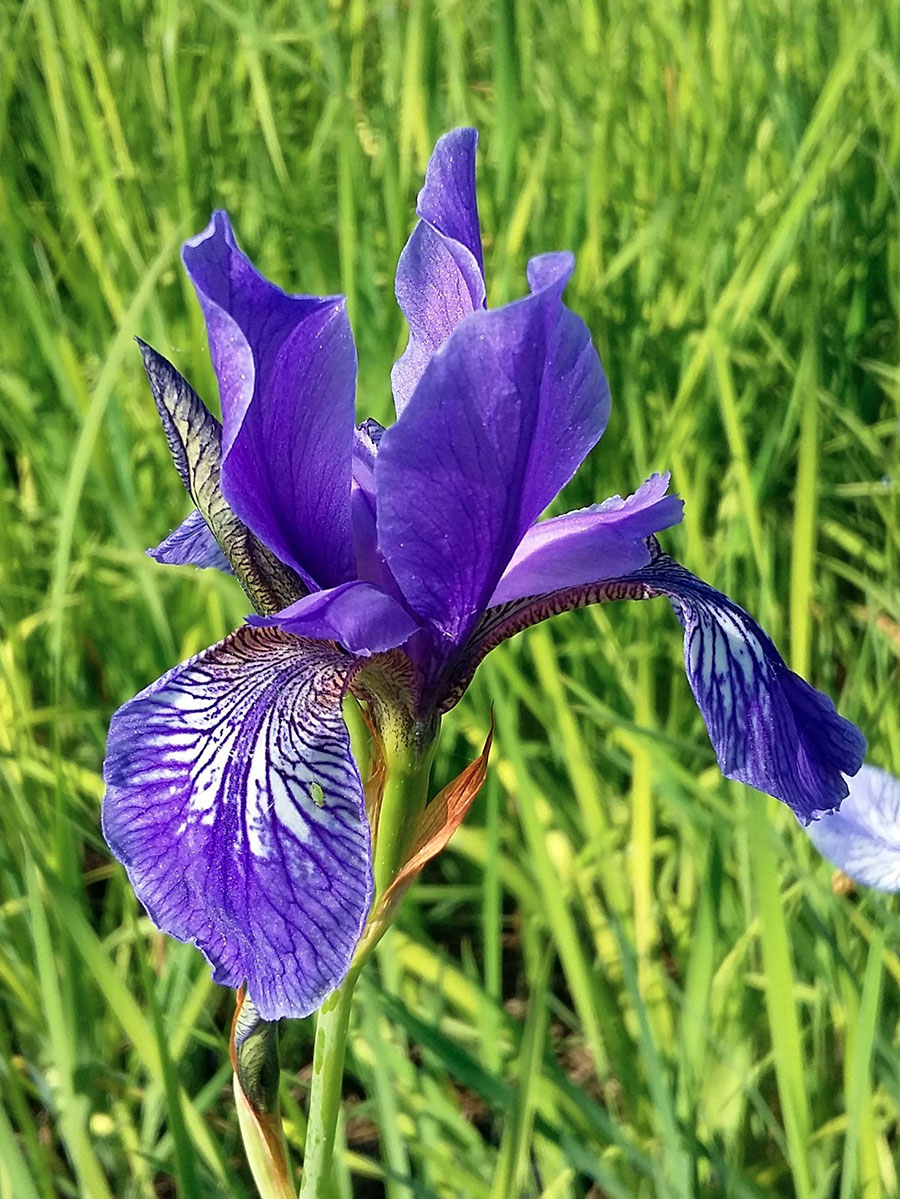
Shape
The shape of the flower also plays a crucial role in how insects come into contact with the stamens and pistils, and thus their ability to pollinate. The diversity and complexity of flower shapes has two purposes: It helps in the selection of potential (more or less efficient) pollinators and allows the insect to learn how to “handle” the flower and find what it is looking for faster. Indeed, pollinators belonging to different species have different preferences as well as different abilities to recognise and manipulate flowers and contribute to pollination.
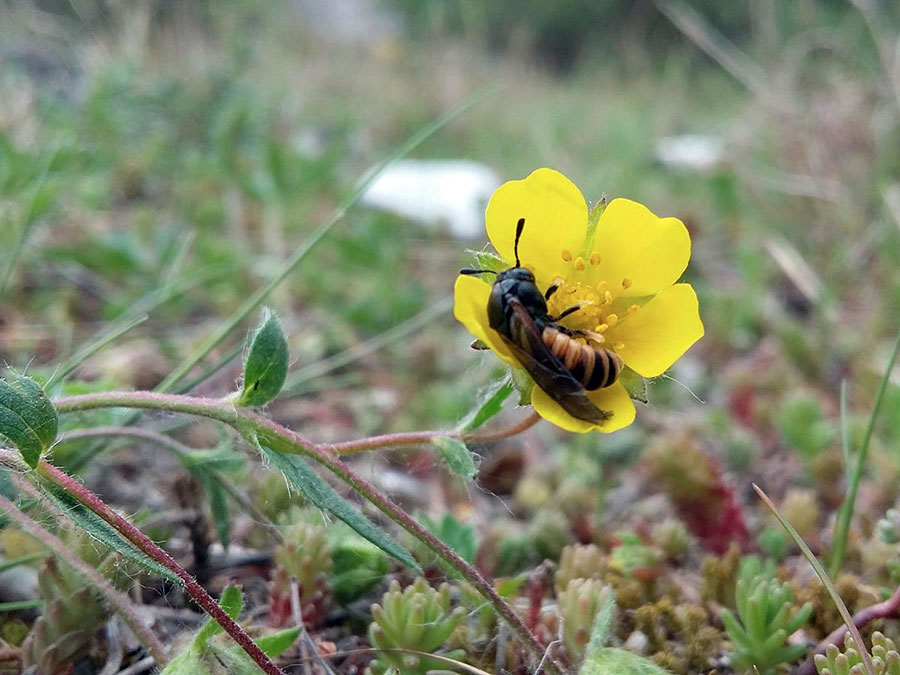
The shape of the flower generally indicates the degree of specialisation of a plant species to pollinating insects. Flowers like those of buttercup or of cinquefoil, with an open, ‘disc-shaped’ corolla are visited by numerous groups of pollinators, while flowers with a “closed” corolla (e.g., tubular like those of bluebells), where nectar is difficult to reach, can only be pollinated by highly specialised insects such as bees. In fact, the shape, size and weight of pollinators vary, as does the length of their mouthparts. For example, while the honeybee has rather short mouthparts, some bumblebees have very long ones allowing them to visit tubular flowers.
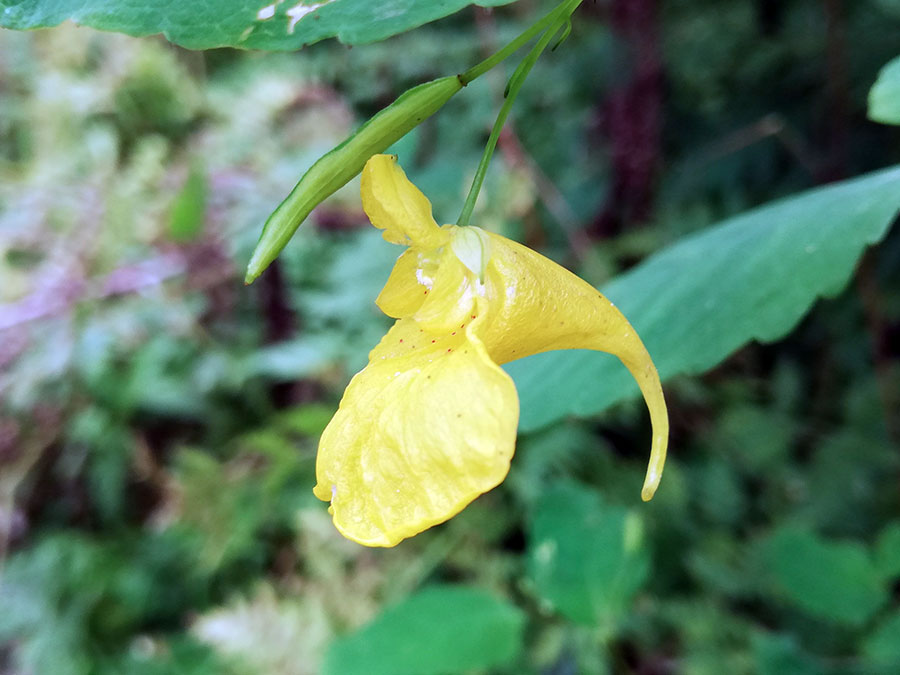
Finally, there is a curious evolution in the shape of the corolla to fool pollinating insects. The bee flower orchid (Ophyrys apifera), for example, is a clever mimic – the velvety lip of the flower looks like a female bee. The males fly to try to mate and end up pollinating the flower.

Reward
Another important aspect for understanding pollination interactions between plants and pollinators concerns the production of nectar. Nectar is a sweet secretion produced by the nectaries and consists mainly of water and fructose, glucose and sucrose. Depending on the species and environmental conditions, the sugar content in nectar can vary between 3 and 80%. The nectaries are usually located at the base of the stamens and force the pollinators to come into contact with the pollen to be transported. Most flowers secrete only relatively small amounts of nectar, which encourages cross-pollination as animals have to visit several flowers to obtain a complete meal. In addition, flowers may have different nectar production rates. Once an insect has collected nectar, the flower can replenish the nectar for the next insect that passes by. This helps to ensure that a plant can be visited more than once, increasing its chances of pollination. Some insects, commonly known as nectar thieves, bypass the reproductive organs of flowers to access nectar, often entering the flower from sides other than the main opening. In this way, the nectar thieves “steal” the nectar reward without contributing to pollination.
Floral syndromes
Differences in the combination of various floral traits make it possible to classify different floral forms or “syndromes”, whose recognition is based on sets of recurring floral characters, such as, for example, the shape of the flower, the degree of accessibility of the nectar, the color, etc.
According to this theory, plant species would have evolved convergent floral traits in response to evolutionary pressures exerted by the same functional group of pollinators. Here, by functional group we mean a group of pollinators that select the same combination of floral traits, while other pollinator groups would select different combinations.
Although this theory is still controversial, it can be useful to define the degree of specialisation (and conversely generalisation) of a plant species towards pollinators. Indeed, some species are usually visited by only one group of pollinators (e.g., only by bumblebees), showing a high degree of specialisation. Other species, on the other hand, which are defined as generalists, can be pollinated by very different groups of insects (for example, flies and beetles). The degree of generalisation has often been linked to the degree to which a corolla is open. For example, flowers with open corollas, which are disc-shaped and characterised by exposed stamens and nectaries, are easily accessible to numerous groups of pollinators, while bilabiate corolla flowers, with stamens and nectaries that are difficult to access can only be pollinated by a very limited group of insects (mainly bees) that are able to access floral resources such as pollen and nectar thanks to the evolution of morpho-functional and behavioral adaptations that are consistent with the morphology of the flower itself.
Disc flowers
Disc flowers are the simplest flower type of all. They are defined as disc-shaped because of the characteristic position the petals take when the corolla is fully open. The petals generally overlap and only when the flower is fully mature do they tend to separate.
This type of flower occurs mainly in the Ranunculaceae family (for example, battercup, windflower, and hellebores) and the Rosaceae (for example, roses, common hawthorn, apple and peach tree). The stamens, which are very numerous, are in the middle of the corolla and the pollen, which is also produced in large quantities, can be easily reached by insects. Even the nectaries are generally exposed: in this way, there is no selection of pollinator species visiting the flower.
However, some species with this flower type do not produce nectar and attract pollinating insects mainly with pollen as the only available resource (poppies, sun roses, or needle sunrose are an example).
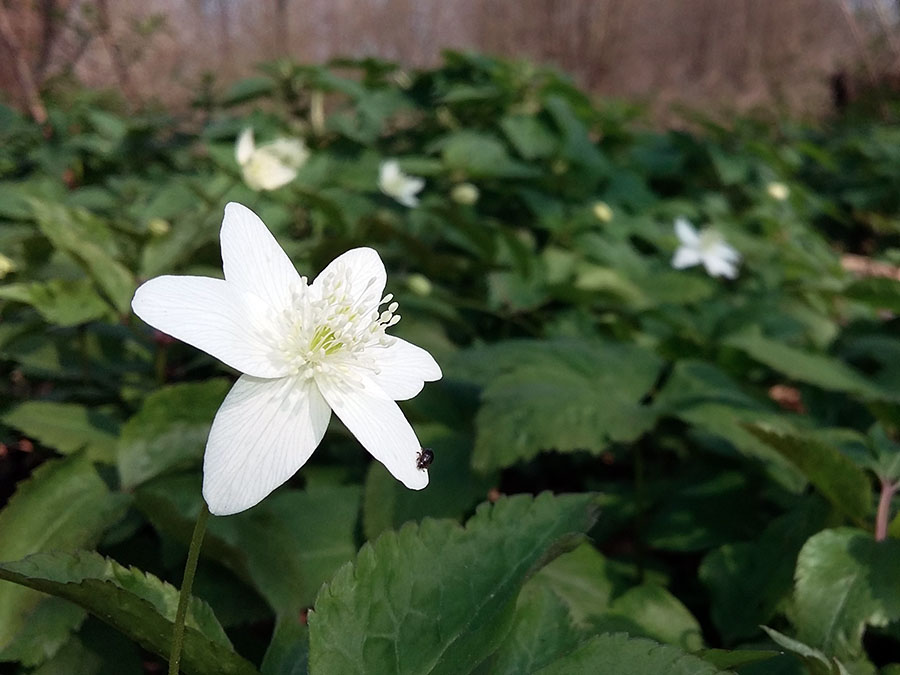
Tube flowers with radial symmetry
In this type of flower, the calyx and corolla take on an elongated shape, with an actinomorphic symmetry. The number of petals and stamens is lower than in disc flowers. The nectaries are located at the base of the corolla tube: the nectar is thus only available to those pollinators that have a sufficiently developed tongue to reach the base of the flower. In this type of flower, the correspondence between the length of the corolla and the tongue of the pollinators is the element that determines the selection of pollination. Typical tube flowers with radial symmetry are those of primroses and lily of the valley.
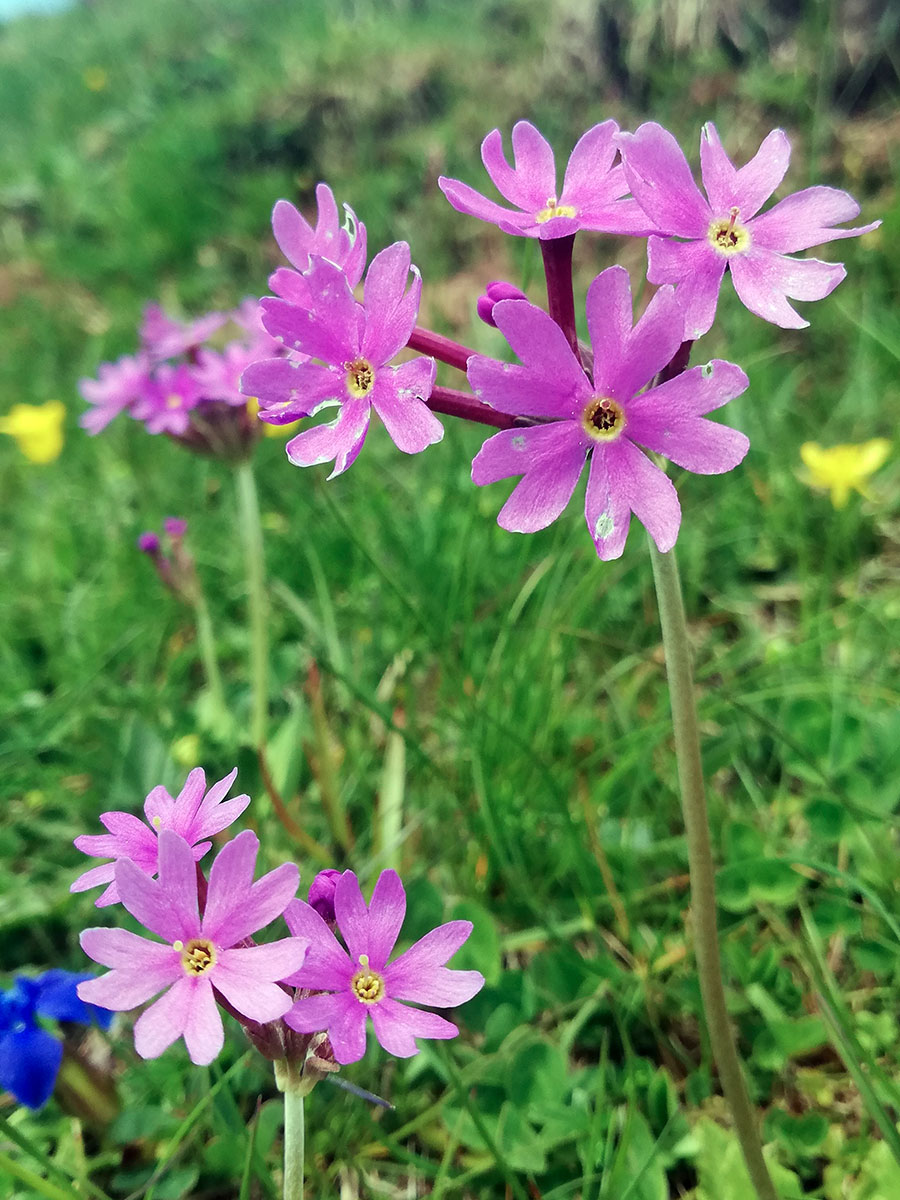
Bell-shaped holes
This flower type represents an intermediate situation between disc morphology and tubular morphology, between which there is a real continuum formed by increasingly closed corolla types. However, in contrast to the previous category, the flowers in this case have a larger opening of the corolla: pollination thus occurs not only through the penetration of the tongue, but through the penetration of the entire body of the pollinator into the flower. The decisive factor for coevolution with a possible preferred pollinator is thus based on the correspondence between the opening of the corolla and the size of the visiting insect.
This floral morphology includes species in which the petals are usually fused at the base and free at the opening. Classic examples of this flower category are bluebells or the field bindweed.
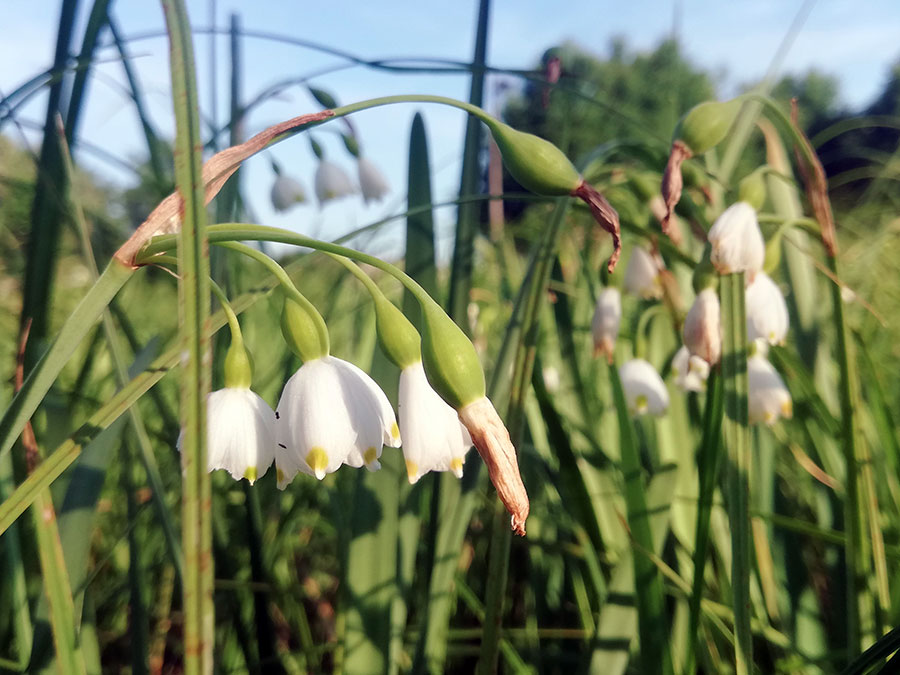
Tubular flowers with bilateral symmetry
This category includes flower types that are characterised by bilateral symmetry: so-called zygomorphic flowers. In this case, too, the nectar is located at the base of the corolla tube, so that the possibility of access for a particular insect visitor depends on the length of the tongue. However, unlike the category of radially symmetrical tubular flowers, in this case the shape of the flower is more complex, and pollination can only take place thanks to the visit of insects, especially bees, which can clearly perceive the shape of the flower and manipulate the corolla to access pollen and nectar.
The most typical examples of this functional group of flowers are orchids, rosemary, wisteria; but in this group we can find flowers of very different size and accessibility for pollinating insects, which are mainly bees.
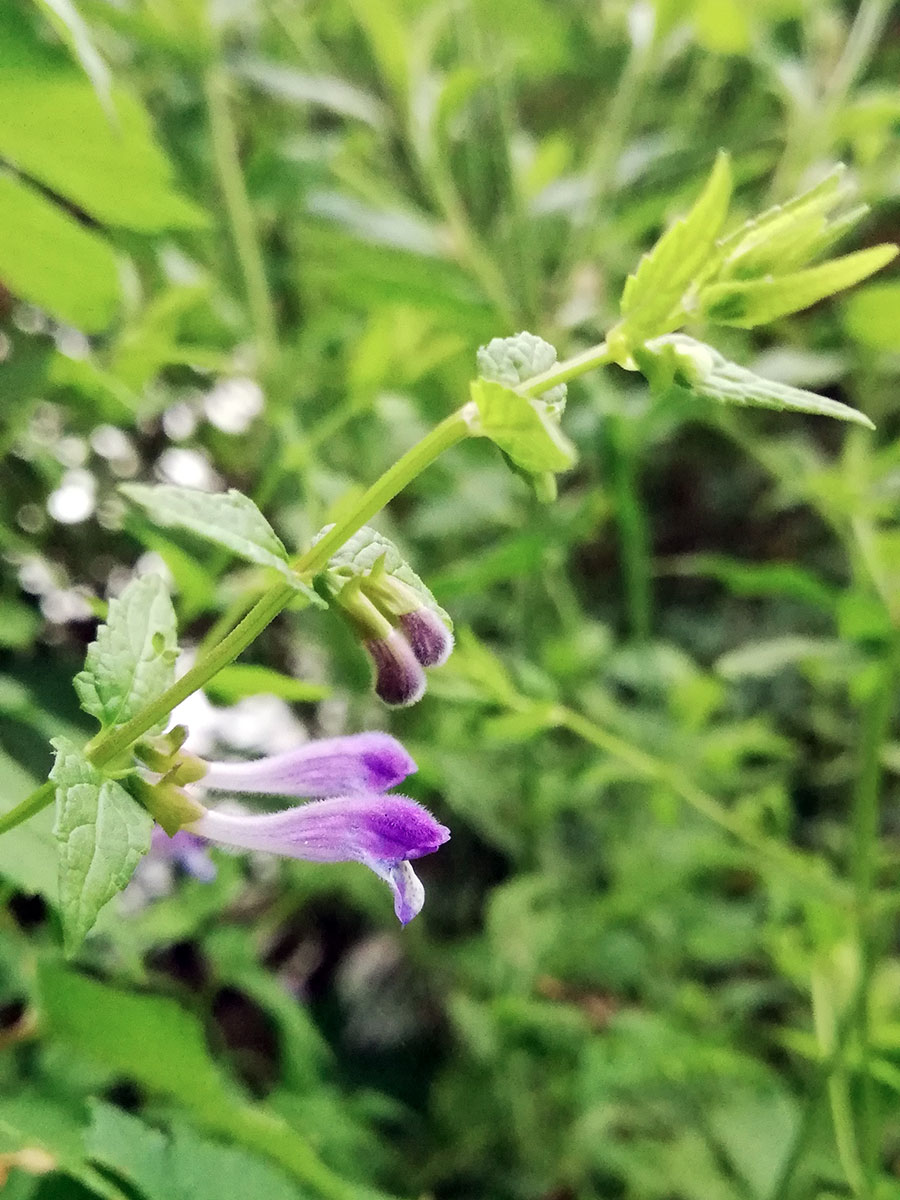
Brush flowers
The term brush flower generally refers to very dense inflorescences that can be visually seen as single units, i.e., a single flower. Dozens to hundreds of small flowers are usually grouped into a single more or less spherical three-dimensional structure from which the anthers of each flower protrude, giving the inflorescence the appearance of a brush. The most important resource for insects is pollen: it is abundant and located directly on the surface of the inflorescence so that it can be easily reached by any group of pollinators. For this reason, brush flowers are among the most general categories of flowers.
Typical example are the inflorescences of meadow-rue or willows.
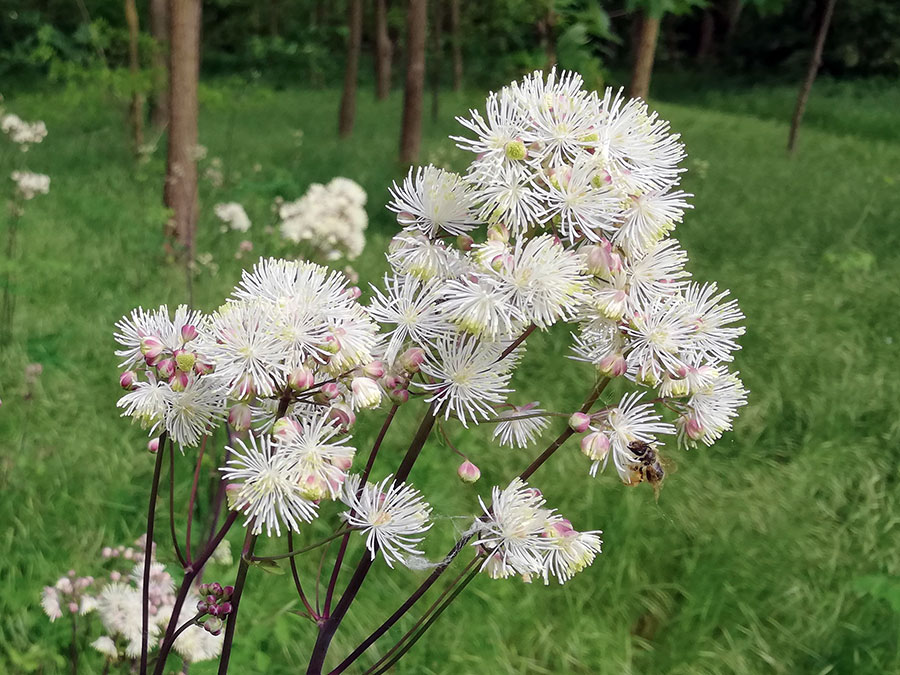
Inflorescences with flower heads
Headed inflorescences consist of numerous small flowers arranged close together, forming a typically flat or hemispherical three-dimensional structure, as in the daisy or the chamomile. Inflorescences can be of many types, but in most cases, they have two types of flowers: bilaterally symmetrical flowers with a mainly attractive function, arranged radially along the edge of the inflorescence, and symmetrical flowers in the central part. The petals of each individual flower are normally welded together to form a short tubular structure in which the nectar is concentrated. It is precisely this tubular structure that exerts real selection on pollinating insects based on the length of their tongue. However, in some cases (e.g., cornflower) the nectar production is so high that the corolla tube of each flower is almost completely filled and becomes easily accessible to both pollinators with a long tongue and those with a small tongue.
